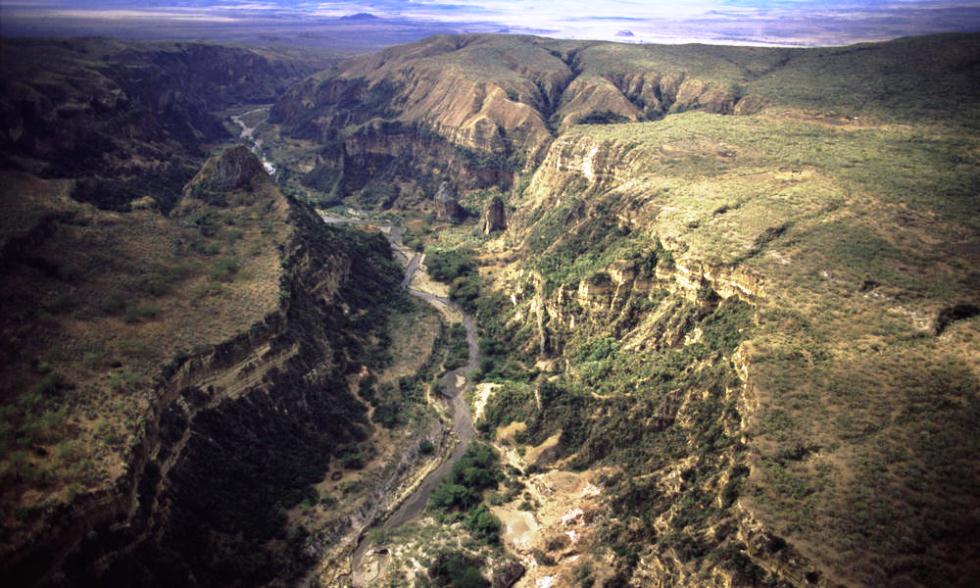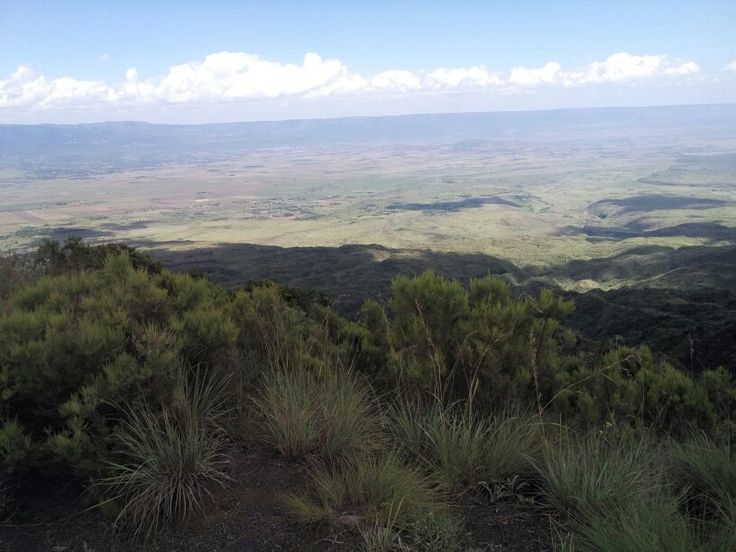The Great Rift Valley Safaris
Background
 The steep – sided basin is part of a great chasm, or rift, in the Earth’s crust known as the Great Rift Valley. African Rift Valleys Occur when huge long blocks of the Earth’s Crust sink. The rift marks a point where the African plate is moving away from the smaller Arabian plate and the somaliansubplate.
The steep – sided basin is part of a great chasm, or rift, in the Earth’s crust known as the Great Rift Valley. African Rift Valleys Occur when huge long blocks of the Earth’s Crust sink. The rift marks a point where the African plate is moving away from the smaller Arabian plate and the somaliansubplate.
In all, it stretches 4200 miles (6700km) from Turkey to southern Africa. After passing through Syria, Israel and Jordan, where the Dead sea lies, it stretches on to Eilat, where the ocean has invaded and the Valley is filled with the waters of the Red sea. Between the Arabian Peninsula and the Horn of Africa, the valley swings eastwards and divides into two.
One half passes along the Gulf of Aden into the Indian ocean, while the other continues through Africa, where it cradles the deep East African lakes.
- rift valley begins life when plumes of semi – molten magma push upwards and then spread in diverging currents under the Earth’s crust. Tension splits the crust apart in long fissures, known as faults. Between them, a narrow wedge of land subsides into a chasm to produce a valley with cliff like walls along the fault lines. If the sea level rises, the valley may well become flooded. As the rift continues to widen, a new sea grows. The Red sea, which floods part of the Great Rift valley, is one of Earth’s youngest oceans.
REALMS OF THE ALBERTINE
From Lake Albert through lake Tanganyika, the 920 – mile – long rift holds four ecosystems vital to its biodiversity. With fertile Volcanic soil and ample rain, it also supports one of Africa’s densest human populations, mainly subsistence farmers. These four Albertine rift ecosystems are: Montane forest, Alpine moorland, Lake and wetland, and savanna forest mosaic.
 SPLITTING A CONTINENT.
SPLITTING A CONTINENT.
Africa’s Great Rift valley follows the edges of tectonic plates that merged more than a billion years ago. Now the plates are separating or rifting, along those seams. The Arabian plate was the first to split off, starting 30 to 25 million years ago. In another 30 million years, rifting may cleave the Somalian plate from the main continent and detach the block called the Tanzania craton.
- 10 MILLION YEARS AGO.
Tectonic plates begin to move apart as magma rises. A shallow valley forms, with a low escarpment, or ridge, along a fault line. Lava oozes up through fissures and cools into sheets of rock.
- 7.5 MILLION YEARS AGO.
More magma rises as the land continues to stretch and fracture. Volcanic cones begin to dot the Valley. Faulting causes the west side of the Valley to sink, heightening the escarpment.
- 3 MILLION YEARS AGO.
The widening rift valley sinks further, creating an escarpment on the east. Streams flowing from the western highlands fill an early lake kivu. Erupting Volcanoes will form the Virunga Mountains.
- TODAY.
Three Volcanoes remain active. Nyiragongo erupted in 1977 and 2002, taking lives and displacing hundreds of thousands of people. Molten rock beneath 1, 600 foot – deep lake kivu releases carbon dioxide, which gets trapped in the lake. If an earthquake or eruption freed the gas, along with trapped methane, the death would be catastrophic.
THE ALBERTINE ARK.
Albertine rift Cradles more than 850 species found nowhere else – including the rare mountain gorilla
(about 780 remain remain) and the venomous Great lake bush viper. There are familiar faces too: over 50 percent of the Continent’s bird species and almost 40 percent of its mammal species live here.
AFRICA’S GREAT LAKES.
They are a shimmering outline of the Great rift valley, lakes that fill chasms and craters left by geologic force still rending East Africa. Victoria, Tanganyika and Malawi (Nyasa) are among the world’s ten Largest lakes, Tanganyika’s 4,800 foot plunge makes it the second deepest. The Great Lakes proper usually include Victoria and the lakes that curve to its west, but remarkable lakes also trace other arms of the complex Great Rift valley, from Ethiopia down through Kenya and Tanzania. Streams feeding lake Victoria from Rwanda and Burundi are the ultimate source of the Nile.
-
 EAST AFRICAN RIFT SYSTEM.
EAST AFRICAN RIFT SYSTEM.
The Great Rift valley is not one continuous formation but a series of rift valleys of related origin. Tectonic plates that merged to form Africa have been moving apart – or rifting – stretching and fracturing Earth’s crust.
The rifting was set in motion more than 30 million years ago when plumes of superheated rock rose beneath the crust, causing it to bulge and thin. The brittle crust fractured, creating valleys bound by mountains and escapements.
- ETHIOPIAN RIFT.
Here the Great Rift cleaves the Ethiopian Highlands, a towering expanse of eroded volcanic basalt. Ethiopia’s rift is the oldest, dating from when the Arabian peninsula began to break from the continent 30- 25 million years ago. Its lakes, alkaline with minerals leached from volcanic soil, are vita stop overs for migrating water birds. Human needs take toll: The national park around lakes Abijatta and shalla is occupied by subsistence farmers and herders.
- LAKE VICTORIA AND THE TANZANIA CRATON.
Africa’s largest lake is shallow, only 270 feet deep. Victoria doesn’t fill a Great fracture, as does lake Tanganyika:
it’s a depression created when a deep plume of superheated rock thinned the crust.
Two arms of the Great Rift Valley, the western Rift and Eastern Rift, were forced to part around the lake because it sits on a formation called the Tanzania craton. A craton is a block of rock a billion or more years old, too hard and thick to be split by rifting.
- EASTERN RIFT.
From lake Turkana south, Volcanism is the signature of the Eastern Rift, home to Africa’s tallest mountain, the now dormant Kilimanjaro. Still erupting, Tanzania’s OlDoinyoLengai is sacred to the Maasai.
Fertile Volcanic ash created the wild life – rich grasslands of the Serengeti plain.
The Rift’s lakes and hot springs are mainly shallow and alkaline from volcanic soil. They nourish type of algae that feeds the largest concentration of flamingo on Earth.
- WESTERN RIFT (ALBERTINE RIFT).
The snowy Ruwenzori Mountains, the volcanic virunga chain, and other ranges- all born during the rift’s creation – contribute to high rainfall, which keeps fresh water flowing into the Great Lakes. To the south, another rift holds 2,300 – foot – deep lake Malawi (Nyasa). No other lake in the world has more species of fish – over 800, most found only here.
HUMAN POPULATION (GREAT RIFT VALLEY).
Most residents of the Great rift valley are subsistence farmers, herders, and fishermen. The Largest urban area is Kenya’s capital, Nairobi, the commercial hub of East Africa, with over three million people.
High population density in the Ethiopian density in the Ethiopian Highlands and along the Albertine rift reflects large families surviving on small plots of fertile land.




